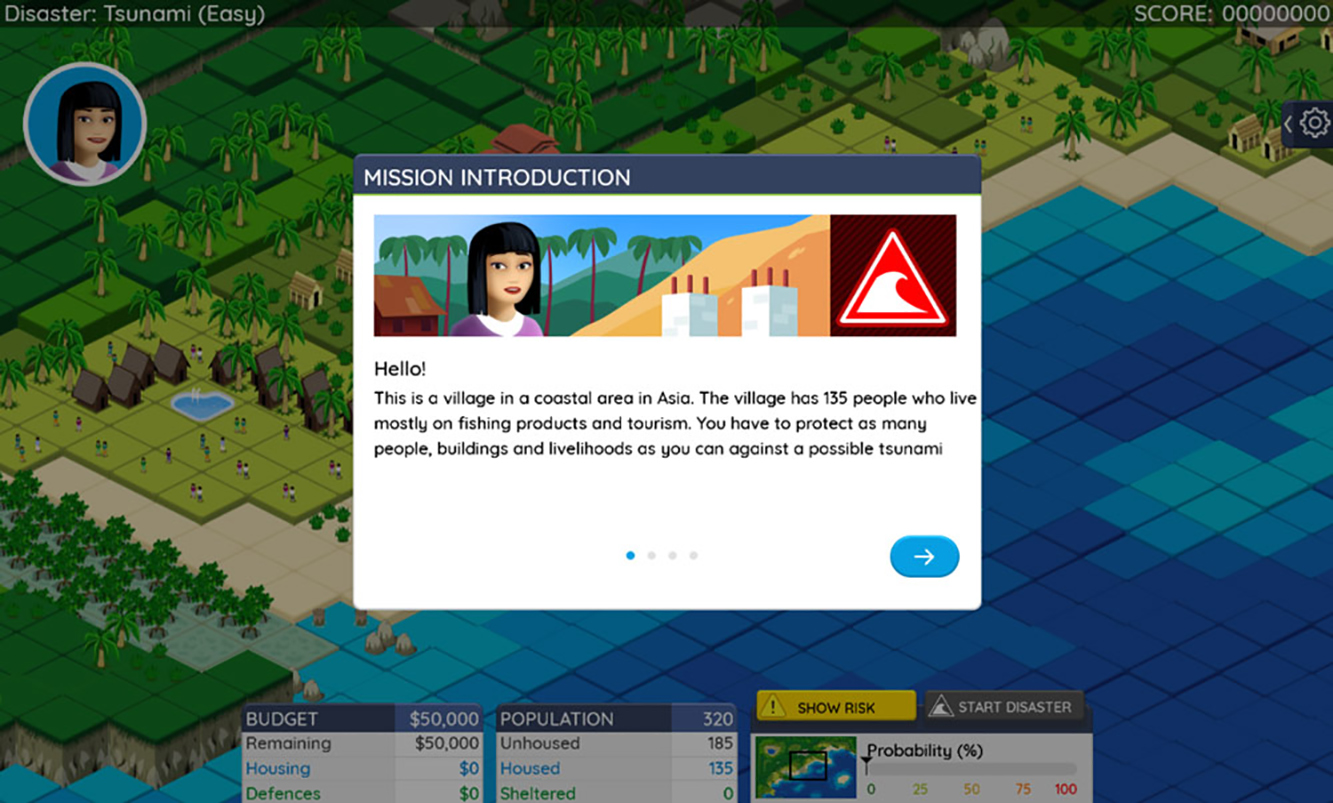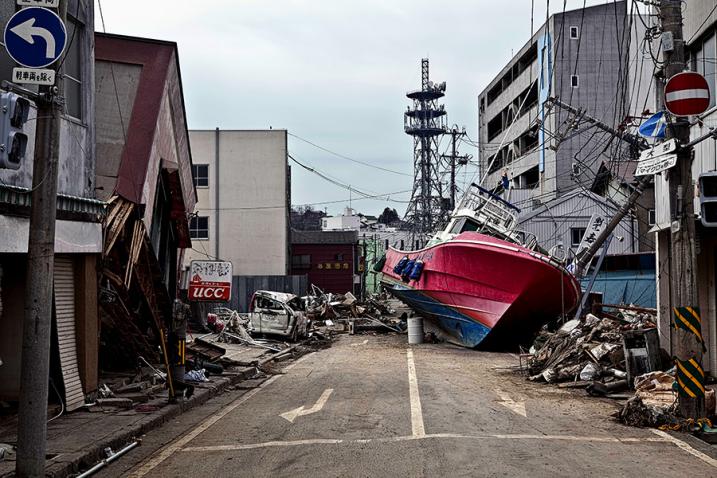Fund Resilience, Not Disasters
The rising cost of disasters reflects the growing impact of climate change and poor development choices. Globally, countries face increasingly severe natural events, driven by extreme weather and risk-blind planning.
While direct disaster costs reach around $202 billion annually, the broader economic impact is estimated at $2.3 trillion. Developing nations suffer the most, while wealthier countries face high financial losses.
Despite this, investment in disaster risk reduction (DRR) remains minimal. Less than 1% of public budgets are allocated to DRR, and only 2% of Official Development Assistance projects included DRR goals between 2019 and 2023. Humanitarian funding for preparedness is also declining.
A major issue is that both public and private economic strategies often ignore disaster risks. The private sector, which controls 75% of investments, frequently overlooks climate threats, increasing vulnerability and potential losses.
To address this, national strategies must integrate DRR and climate adaptation. Governments should empower the private sector with regulations, risk data, and incentives to promote resilient investments.
The 2025 International Day for Disaster Risk Reduction calls for two actions: 1) increase funding for DRR in public and international budgets, and 2) ensure all development and private investments are risk-informed and resilient.
The hidden $1 trillion disaster cost we can prevent
How to break the 3 spirals of disaster risk
Are you Ready to help build resilience?
Get involved and share your experiences using the social media toolkit to create your customizable card. Help spread the word about empowering the next generation to build a resilient future! Help raise awareness of the need for disaster risk reduction that includes everyone, especially those most at risk, by joining the conversation around the International Day for Disaster Risk Reduction. Register your event and participate. 13 October is #DRRDay #ResiliencePays
Key messages
- Disasters are a growing threat to economic prosperity and sustainable development, with costs underestimated and unsustainable.
- Disaster costs are pushing countries into spirals of increased debt, lower incomes, increased insurability, and repeated humanitarian crises.
- Declining international assistance makes it even more critical to reduce disaster losses through disaster risk reduction investments.
- Cutting funding for disaster risk reduction leads to more expensive disasters in the future, along with more humanitarian needs.
- To reduce disaster costs, countries must increase funding for disaster risk reduction and ensure all development investments are risk-informed.
Background
The International Day for Disaster Risk Reduction was started in 1989, after a call by the United Nations General Assembly for a day to promote a global culture of risk-awareness and disaster reduction. Held every 13 October, the day celebrates how people and communities around the world are reducing their exposure to disasters and raising awareness about the importance of reining in the risks that they face.
In 2015 at the Third UN World Conference on Disaster Risk Reduction in Sendai, Japan, the international community was reminded that disasters hit hardest at the local level with the potential to cause loss of life and great social and economic upheaval. Sudden onset disasters displace millions of people every year. Disasters, many of which are exacerbated by climate change, have a negative impact on investment in sustainable development and the desired outcomes.
It is also at the local level that capacities need to be strengthened urgently. The Sendai Framework for Disaster Risk Reduction is people-focussed and action-oriented in its approach to disaster risk reduction and applies to the risk of small-scale and large-scale disasters caused by man-made, or natural hazards, as well as related environmental, technological and biological hazards and risks.
Did you know?
- Total disaster costs now exceed $2.3 trillion annually when indirect and ecosystem impacts are included.
- Most flood-related deaths and economic losses are recorded in Asia.
- The number of recorded droughts has increased by 29 per cent over the past 20 years.
- Average annual losses from tropical cyclones alone are estimated at USD 119.5 billion.
Play and learn to stop disasters

This online game teaches children how to build safer villages and cities against disasters. Children learn through playing how the location and the construction materials of houses make a difference when disasters strike and how early warning systems, evacuation plans and education save lives.
Play the GameResources
Websites
- United Nations Office for Disaster Risk Reduction
- UN World Conference on Disaster Risk Reduction, Sendai Japan
- Sendai Framework for Disaster Risk Reduction 2015-2030
- Sendai Framework Monitor
- Prevention Web
- UNOOSA: United Nations Platform for Space-based Information for Disaster Management and Emergency Response (UN-SPIDER)
- OCHA: UN Disaster Assessment and Coordination (UNDAC)
Documents
- Global Assessment Report on Disaster Risk Reduction 2025
- Sendai Framework for Disaster Risk Reduction (2015-2030)
- Hyogo Framework for Action (2005-2015)
- Framework for action for the Implementation of the International Strategy for Disaster Reduction (ISDR) (2001)
- General Assembly: International Decade for Natural Disaster Reduction
- General Assembly: International Strategy for Disaster Reduction
- General Assembly: Disaster risk reduction




